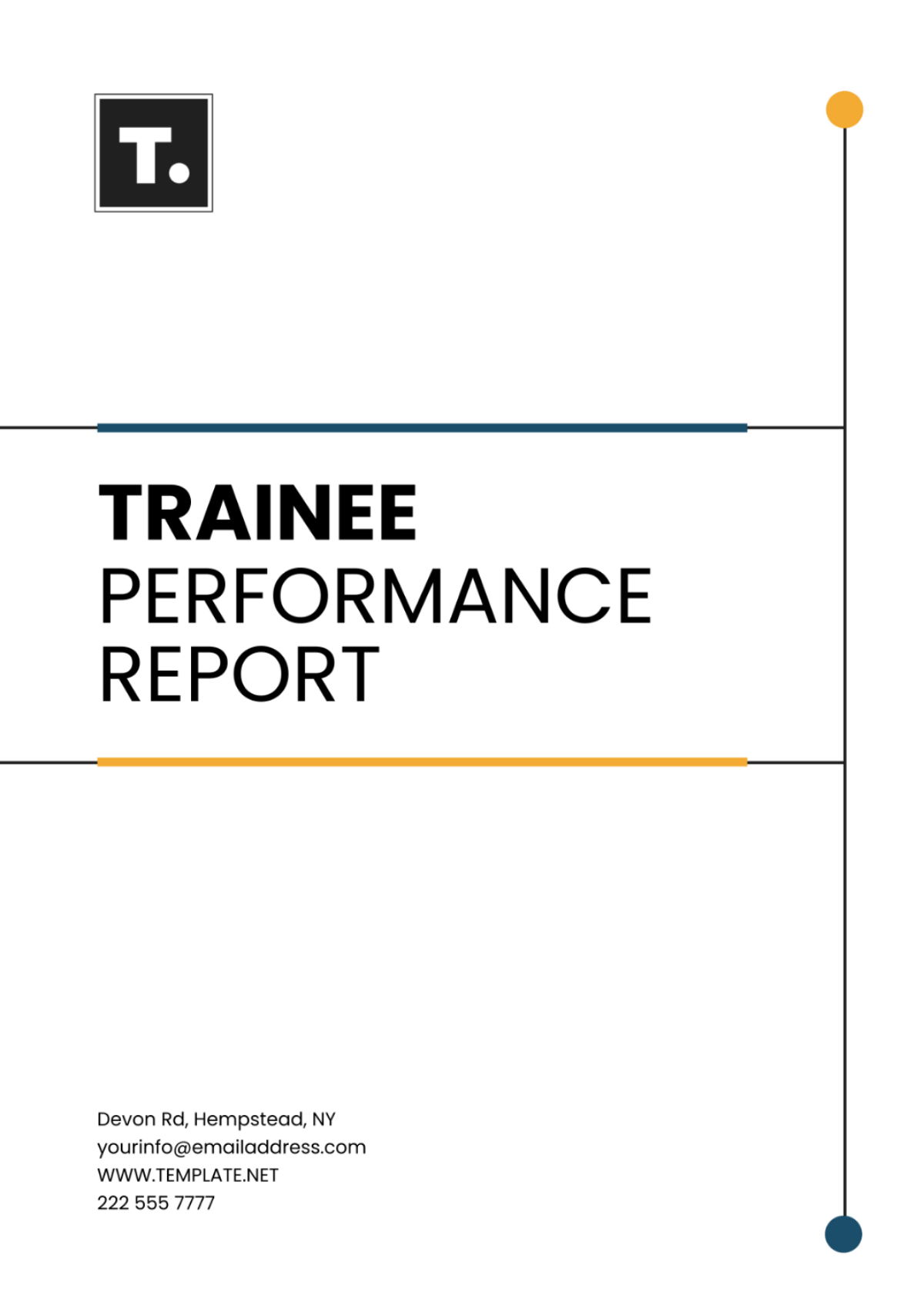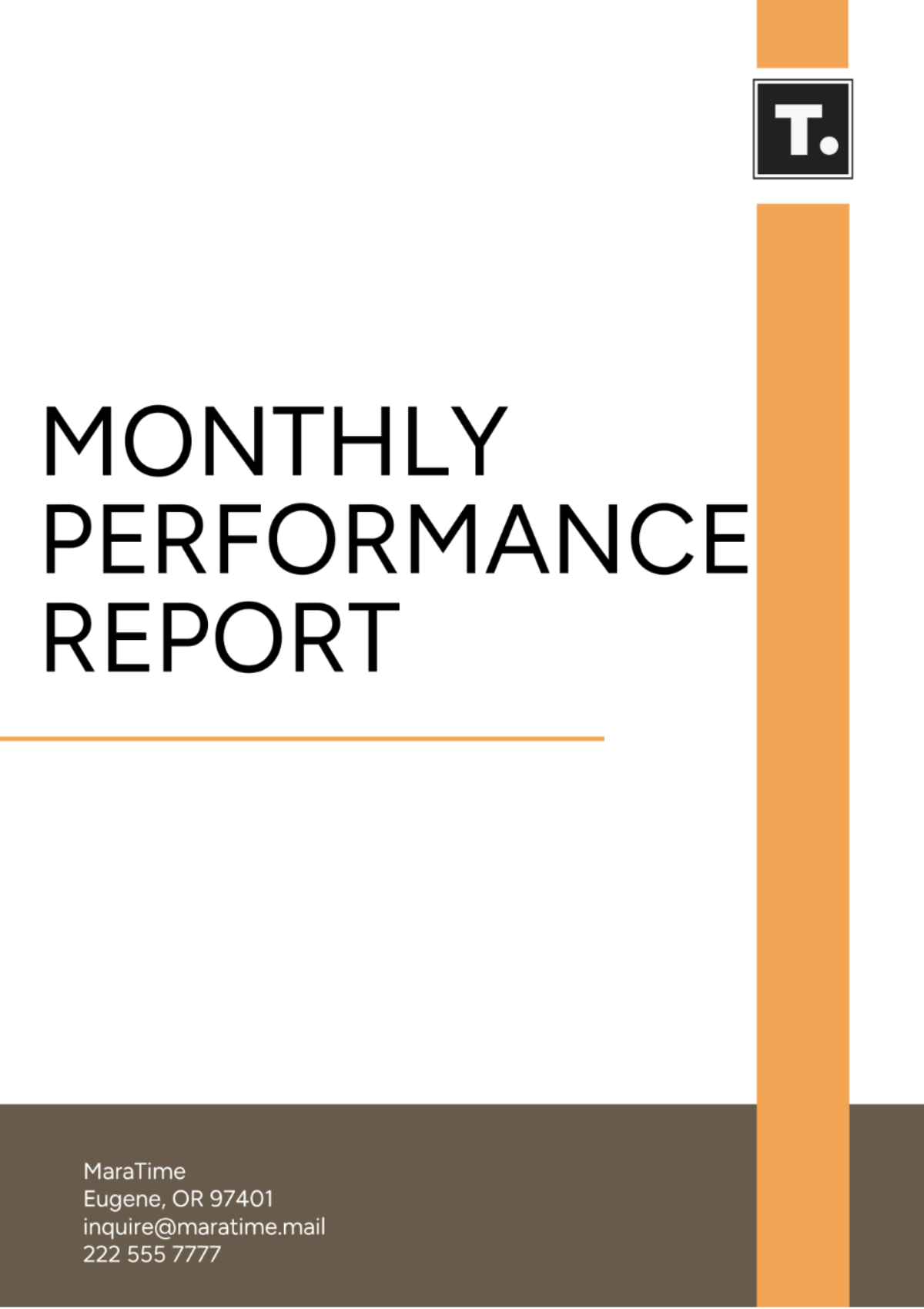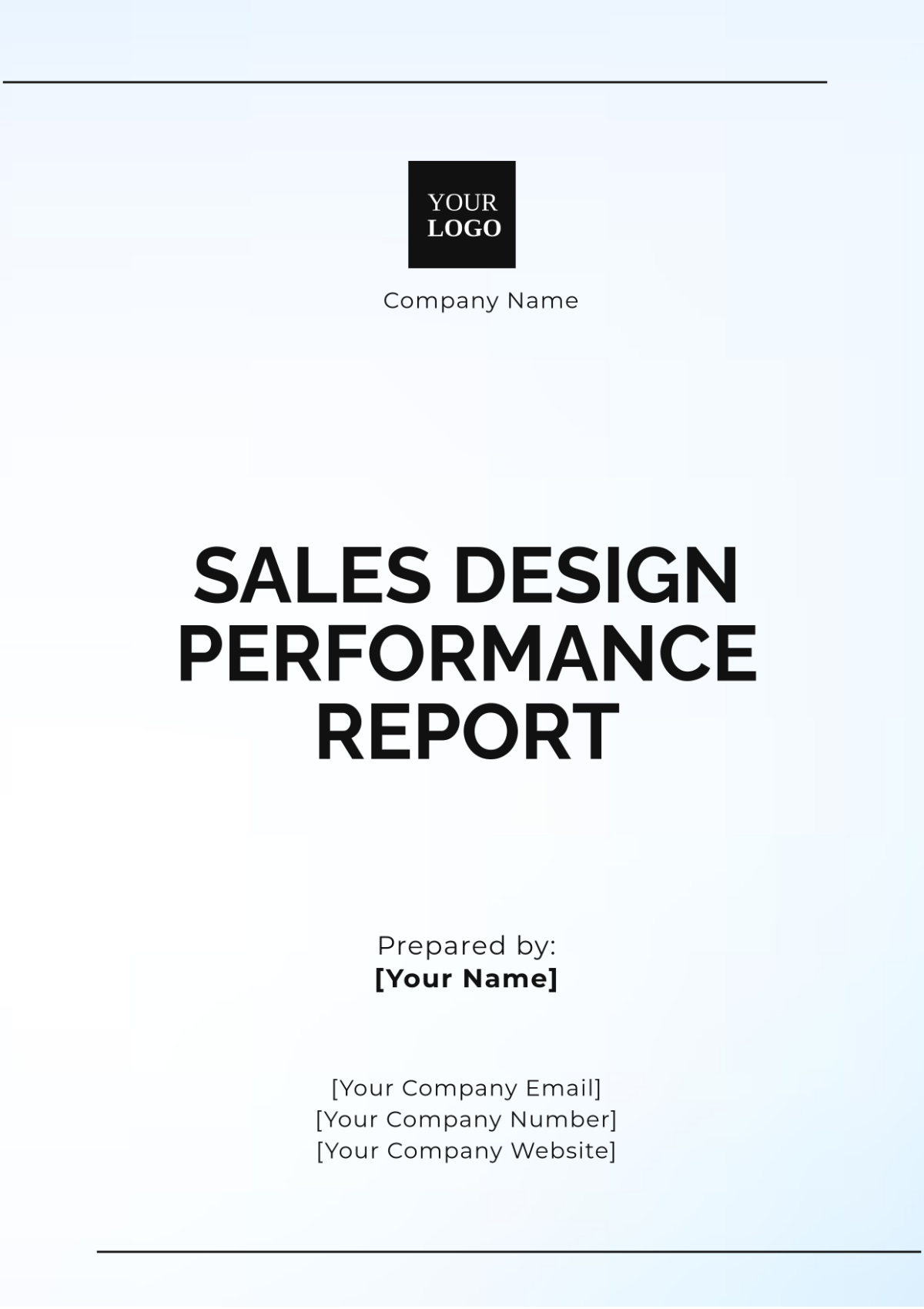Sales Design Performance Report
Prepared by: [Your Name]
Company: [Your Company Name]
Date: October 25, 2050
I. Executive Summary
The Sales Design Performance Report provides a comprehensive analysis of our sales strategies and their effectiveness over the past quarter, focusing on the period from July 1 to September 30, 2050. This report delves into key performance metrics, examines the influence of design elements on sales outcomes, and offers strategic recommendations to enhance our approach in a rapidly evolving market. With the integration of advanced technologies and customer insights, our findings underscore the critical role that innovative design plays in driving sales performance.
II. Objectives
A. Purpose of the Report
The primary purpose of this report is to evaluate current sales strategies in the context of emerging market trends, assess the impact of design elements on sales performance, and propose actionable recommendations aimed at optimizing future sales outcomes. By aligning our sales design with consumer expectations and technological advancements, we aim to maintain a competitive edge.
B. Scope of Analysis
This report covers a detailed analysis of sales data, customer feedback, conversion rates, and design effectiveness for the period from July 1 to September 30, 2050. It includes a comparative analysis with previous quarters to identify trends and areas for improvement.
III. Methodology
A. Data Collection
Sales data was collected through advanced Customer Relationship Management (CRM) systems, comprehensive customer surveys, and sophisticated website analytics tools. Both quantitative and qualitative data were analyzed to provide in-depth insights into customer behaviors and preferences.
B. Analysis Techniques
To evaluate sales performance and the influence of design elements, various techniques were employed, including:
Trend Analysis: Identifying patterns in sales performance over time.
A/B Testing: Comparing different design approaches to determine effectiveness.
Comparative Studies: Analyzing our performance against industry benchmarks to identify areas for enhancement.
IV. Sales Performance Metrics
A. Overall Sales Figures
The total sales for the quarter amounted to $2.3 million, reflecting a 15% increase compared to the previous quarter. This growth can be attributed to effective design strategies and enhanced customer engagement.
B. Conversion Rates
The conversion rate improved to 14%, up from 12% in the last quarter. This increase indicates better engagement and transaction efficiency, largely due to improved design and user experience.
C. Customer Feedback
Customer satisfaction scores averaged 4.7 out of 5, highlighting a positive reception towards recent changes in our sales approaches, particularly in design and functionality.
Metric | Q2 2050 | Q3 2050 | Change |
|---|---|---|---|
Total Sales | $2.0 million | $2.3 million | +15% |
Conversion Rate | 12% | 14% | +2% |
Customer Satisfaction | 4.5/5 | 4.7/5 | +0.2 |
V. Design Elements Evaluation
A. Visual Design
The improved aesthetics and user interface have contributed to a more engaging customer experience. Feedback indicates that the updated visual design led to increased brand loyalty, as customers found the presentation appealing and modern.
B. User Experience (UX) Design
Enhancements in UX design, including simplified navigation and faster load times, have positively impacted user retention and conversion rates.
Simplified Navigation: Increased user retention by 20%, demonstrating the importance of ease of access to information.
Faster Load Times: Decreased bounce rates by 10%, indicating that efficient performance enhances user satisfaction.
VI. Recommendations
A. Design Optimizations
Continued investment in UX/UI improvements is critical for future success. We recommend exploring dynamic content personalization and integrating artificial intelligence (AI) to further enhance user engagement and conversion rates.
B. Sales Strategy Enhancements
Implement targeted campaigns based on customer segmentation data to drive personalized experiences. The following strategies are suggested:
Invest in Data Analysis: Utilize advanced analytics tools for precise customer targeting, allowing for more relevant marketing efforts.
Adopt a Multi-Channel Approach: Expand outreach through various digital platforms, ensuring a cohesive experience across all channels to maximize sales opportunities.
VII. Conclusion
The analysis demonstrates the positive impact of strategic design improvements on sales performance. As we move forward into an increasingly competitive landscape, focusing on design optimization and a data-driven sales approach will be essential in maintaining and enhancing our competitive advantage. Emphasizing innovation and customer-centric strategies will position us for continued success in the years ahead.

















































